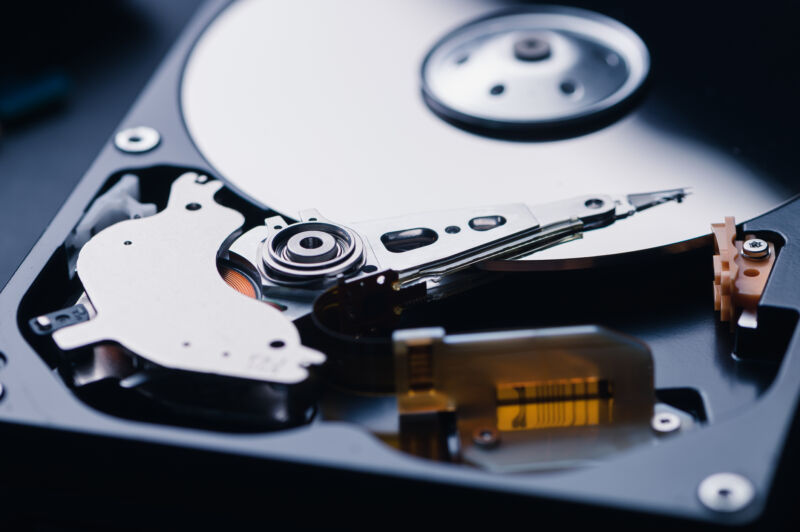New data illustrates time’s effect on hard drive failure rates

SSDs have usurped hard disk drives (HDDs) when it comes to performance, but whether building a network-attached storage (NAS) or having high-capacity needs on a budget, plenty of people still rely on spinning platters. Older drives that have seen a lot of use, however, may not be as reliable as before. Data Backblaze shared this week highlights how a hard drive's average failure rate (AFR) can increase with age.
Since 2013, Backblaze, a backup and cloud storage company, has published an annual report analyzing the AFRs of hard drives in its data center. The 2022 report shared on Tuesday examines 230,921 hard drives across 29 models from HGST, Seagate, Toshiba, and WDC, with capacities ranging from 4-16TB. All models included at least 60 drives that were not previously used for testing.
Keep in mind that the sample group only consists of drives that Backblaze had on hand, and they are of varying ages, with some used for more days than others. However, Backblaze's report does give us a unique look into the results of long-term hard drive use.